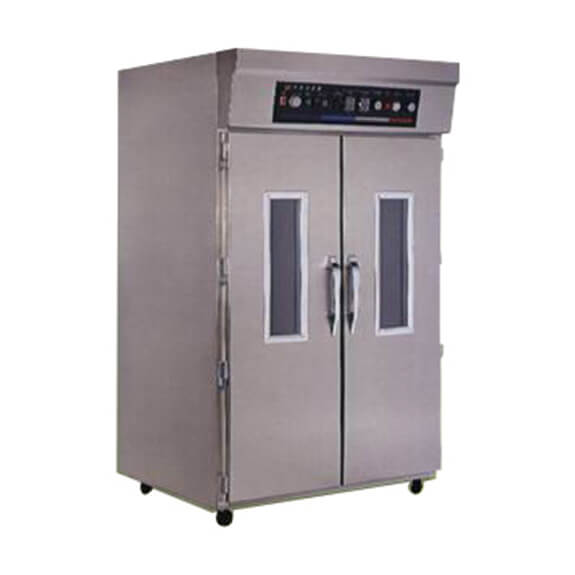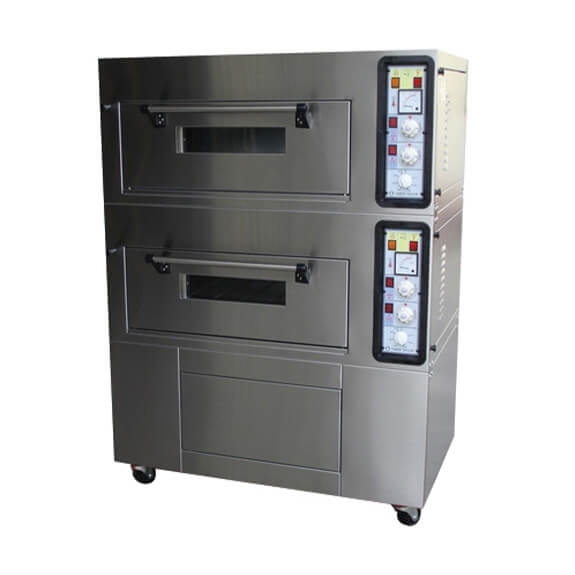Fermenting & Baking
Fermentation and baking are two key steps in making bread, and they have a significant impact on the taste, texture, appearance, and shelf life of bread.
Here are the uses of fermentation and baking in bread making:
Fermentation
- Create bubbles in the dough: Fermentation is the process of converting the starch in the dough into sugar and carbon dioxide using yeast or a fermenting agent, creating bubbles in the dough and making the bread soft and fluffy.
- Improve the texture of the bread: Fermentation breaks down the protein in the dough into amino acids, improving the texture and flavor of the bread.
- Extend the shelf life of the bread: Fermentation can stimulate the growth of lactic acid bacteria in the bread, which can inhibit the growth of harmful bacteria and extend the shelf life of the bread.
Baking
- Create color and texture: Baking can give the bread a golden or brown color, improving the texture and appearance of the bread.
- Make the bread harder: Baking causes the water in the bread to evaporate, making the bread harder and improving the texture.
- Kill harmful bacteria in the bread: High-temperature baking can kill harmful bacteria in the bread, ensuring the hygiene and safety of the bread.


